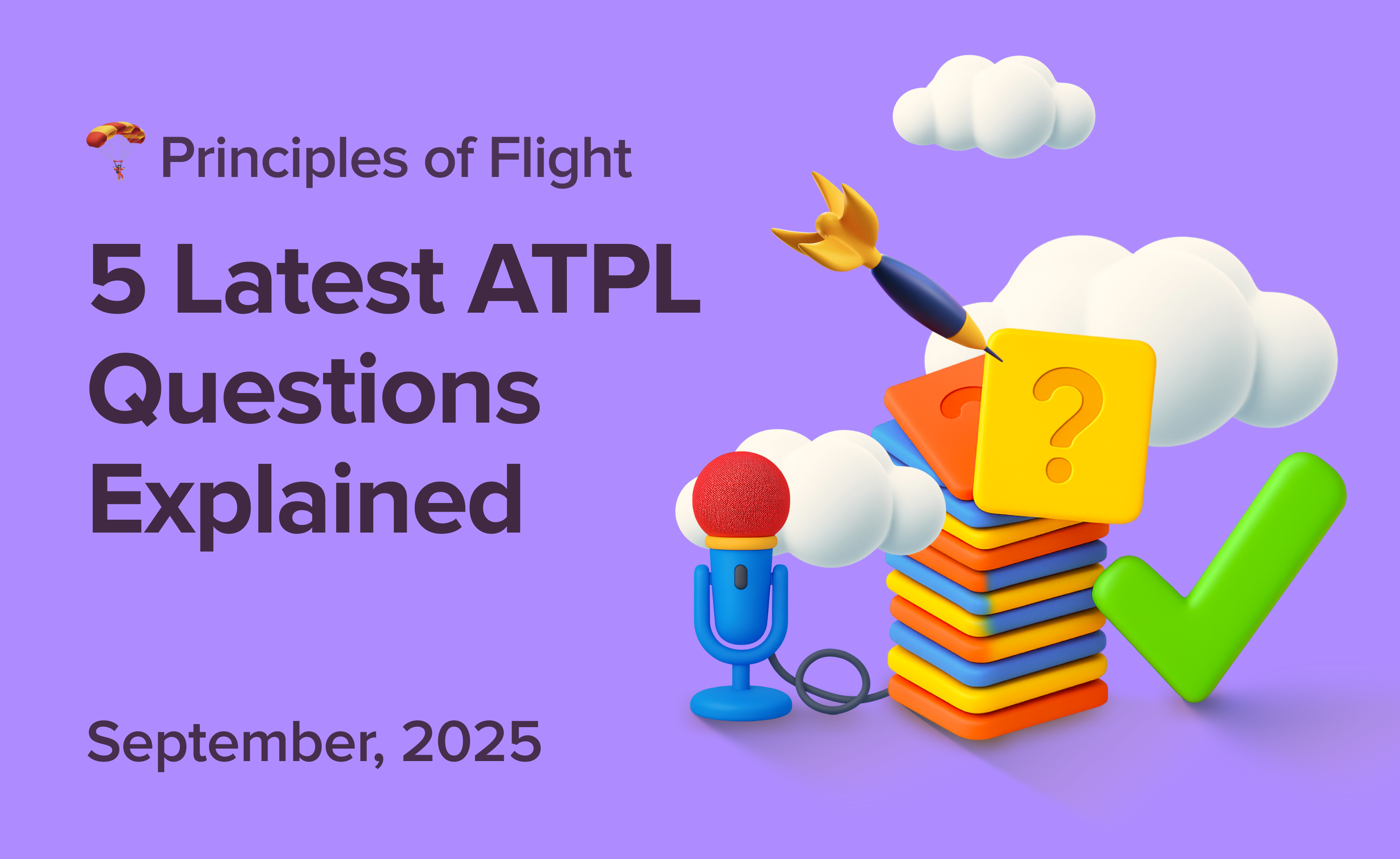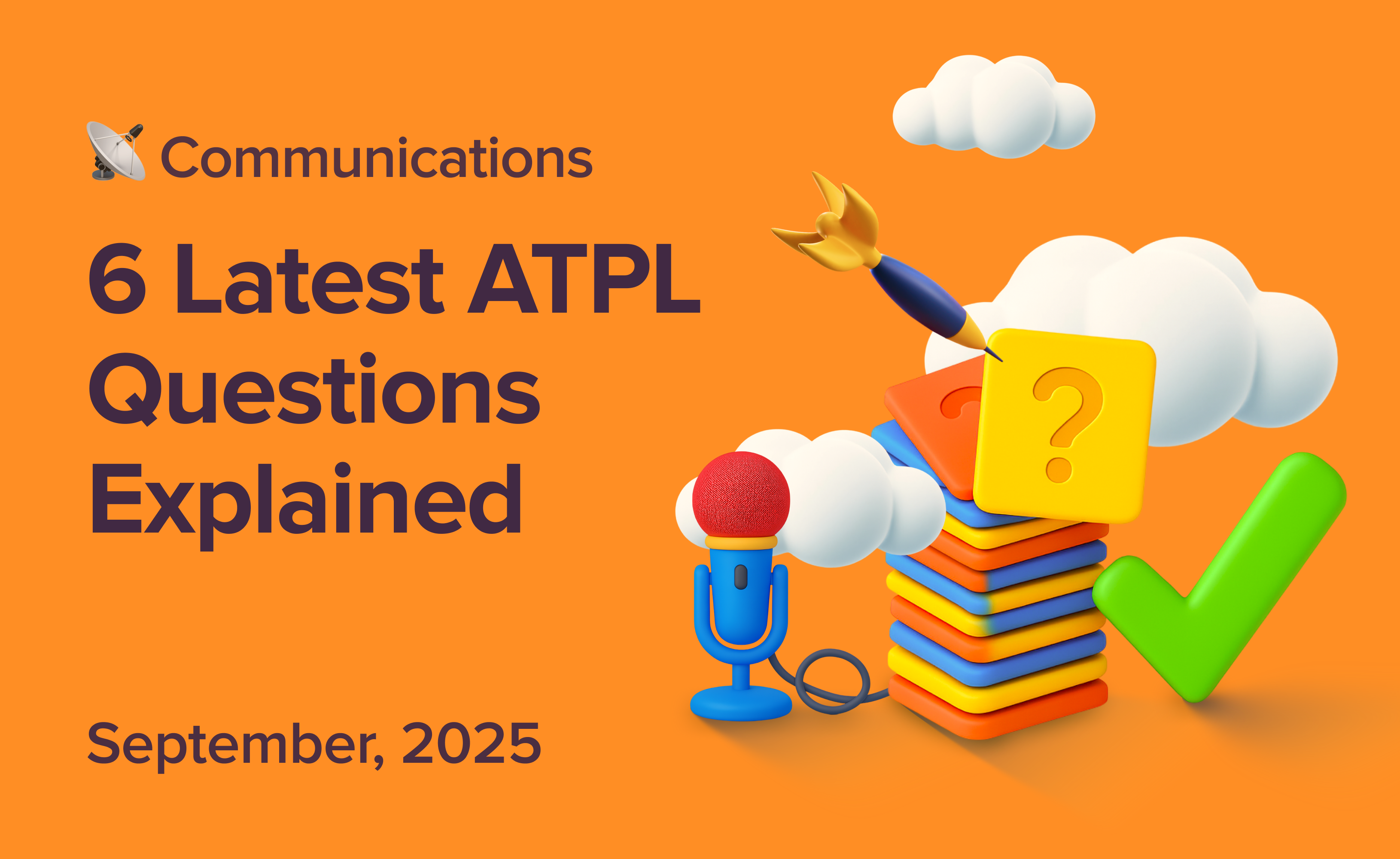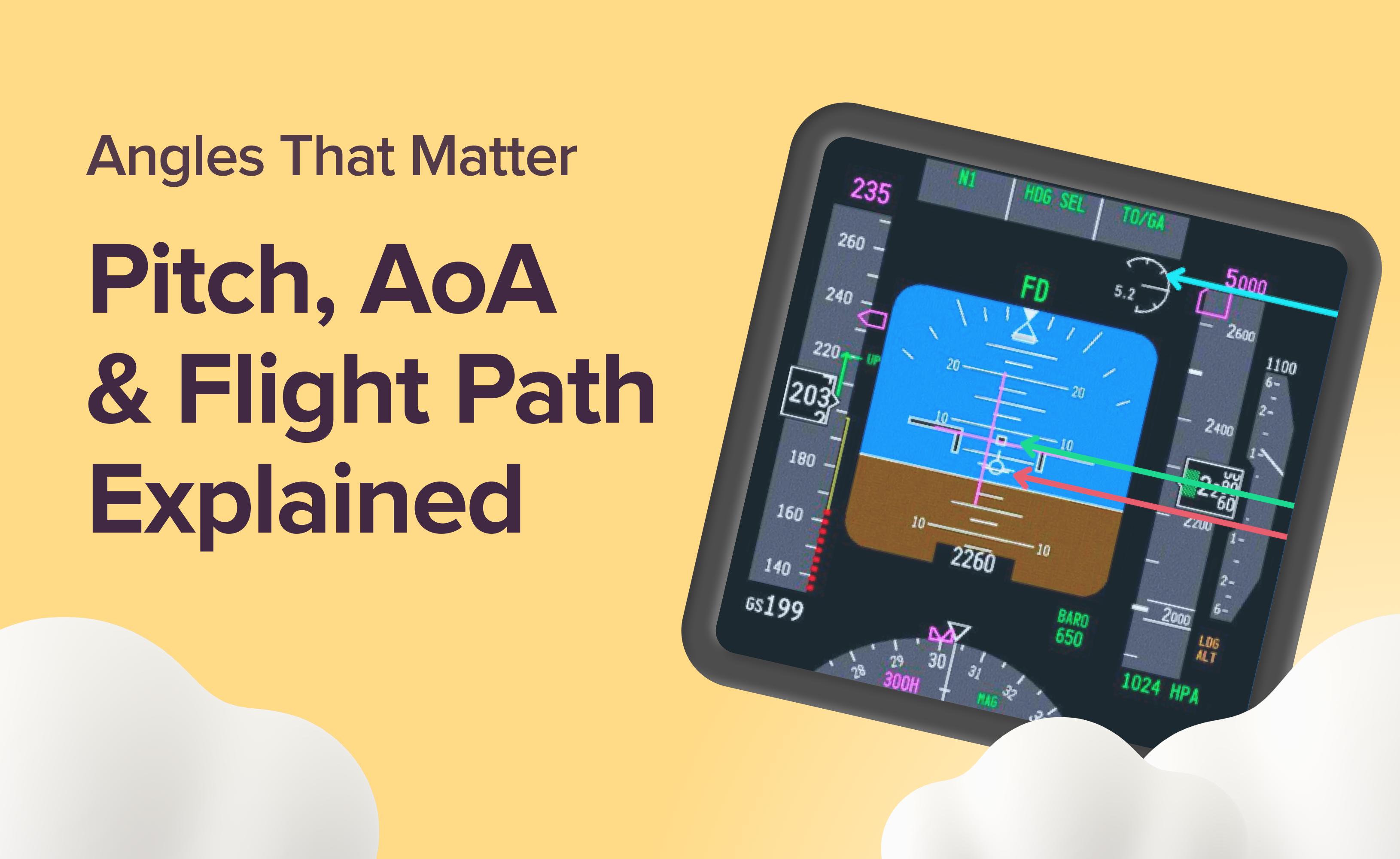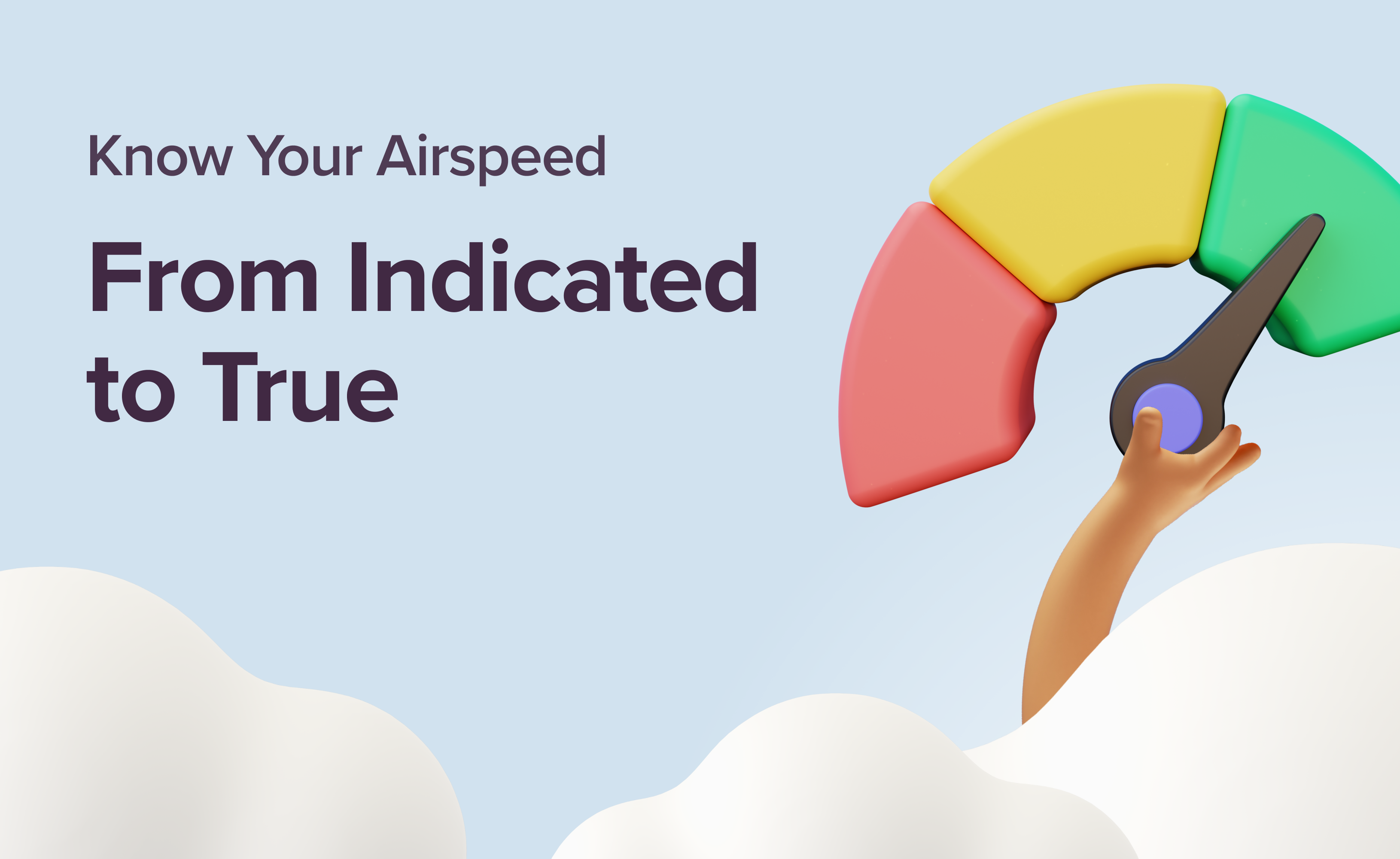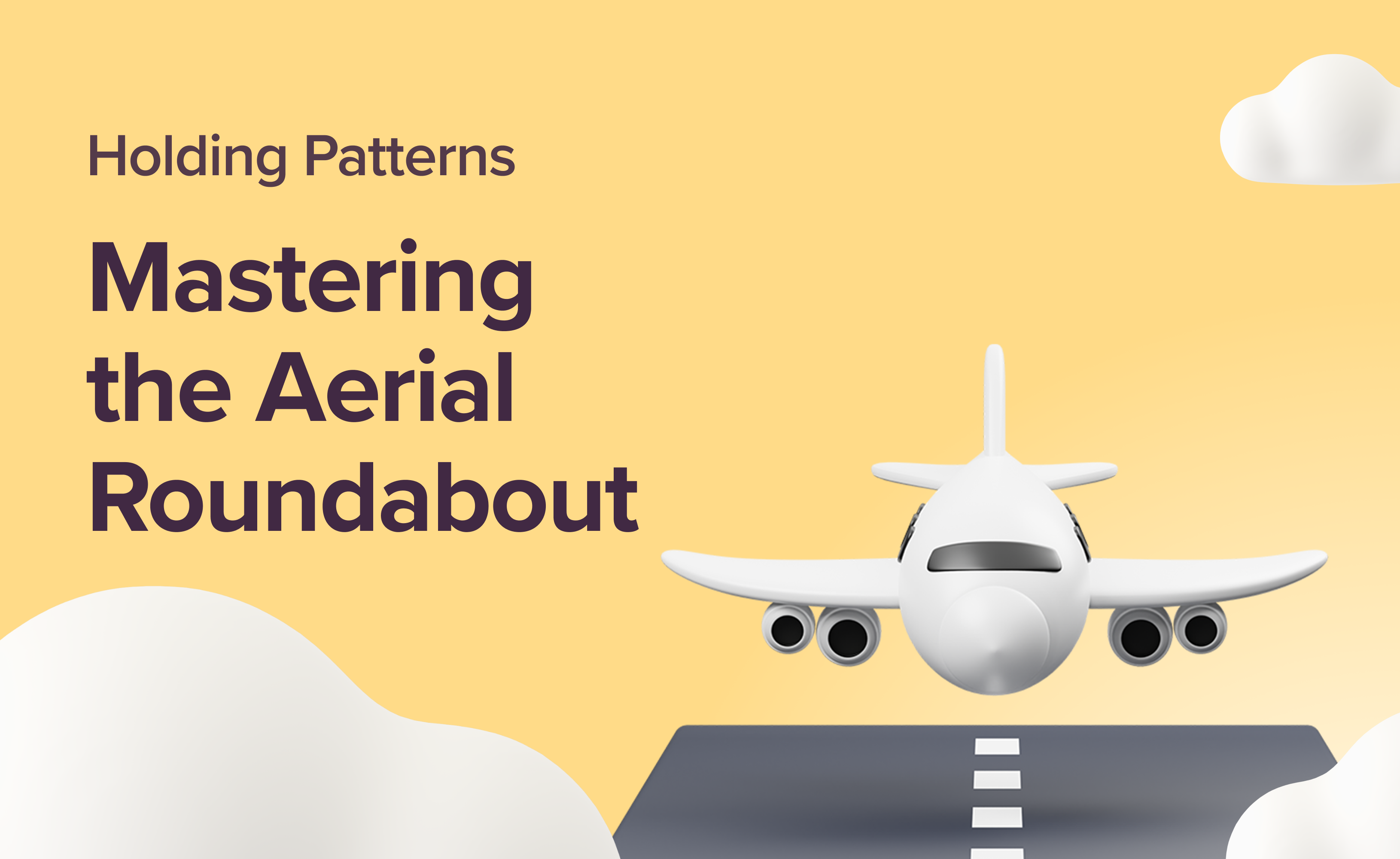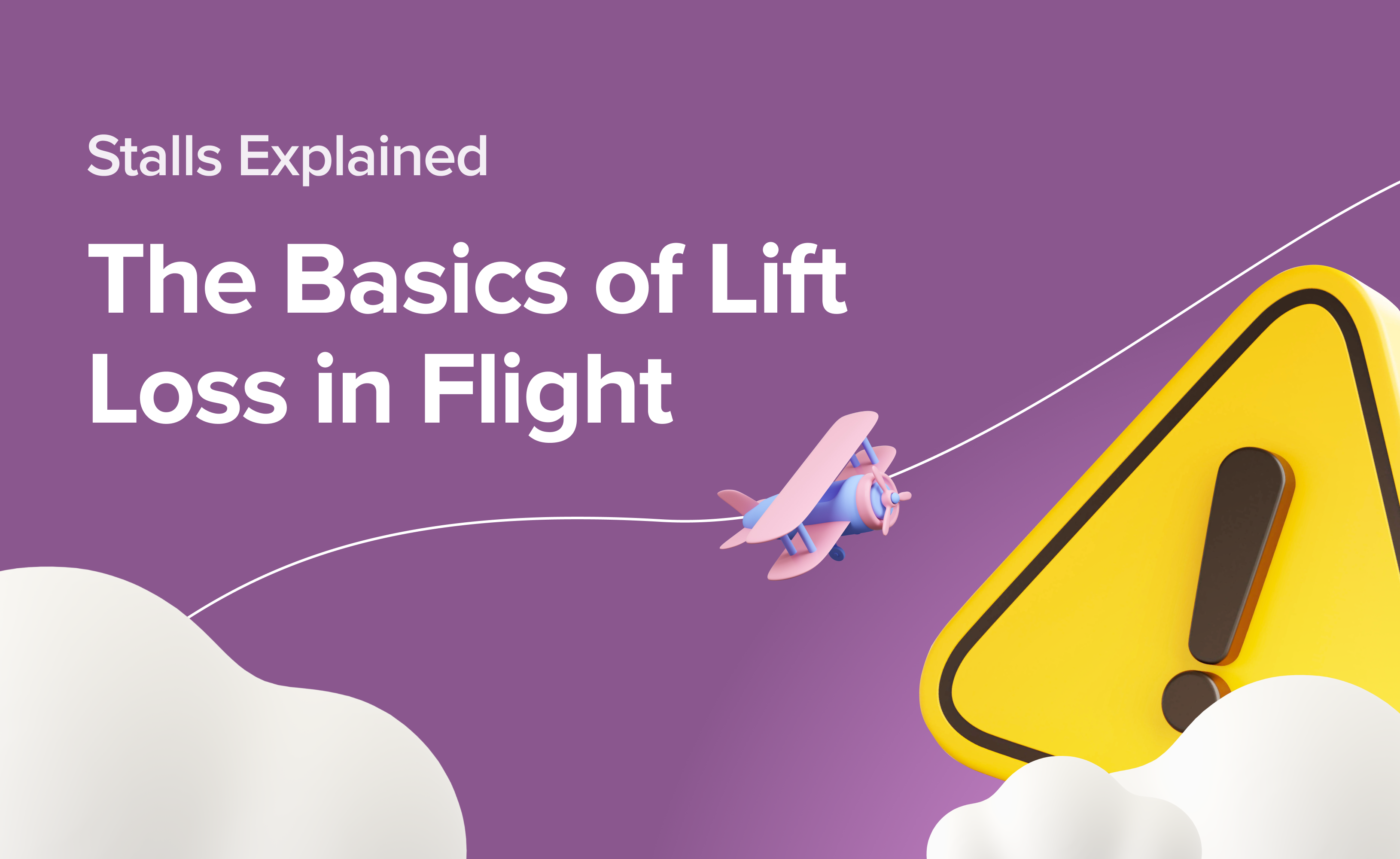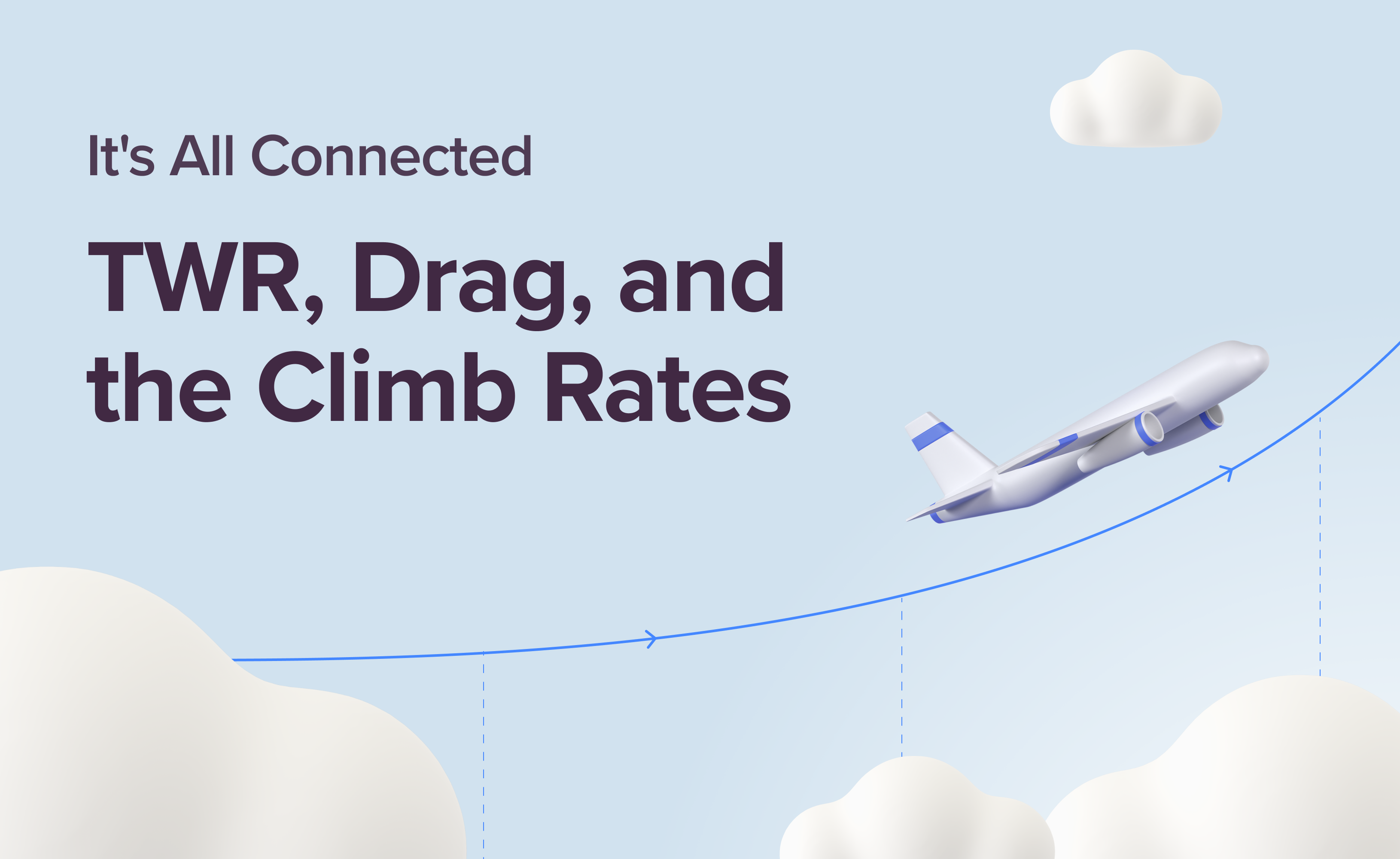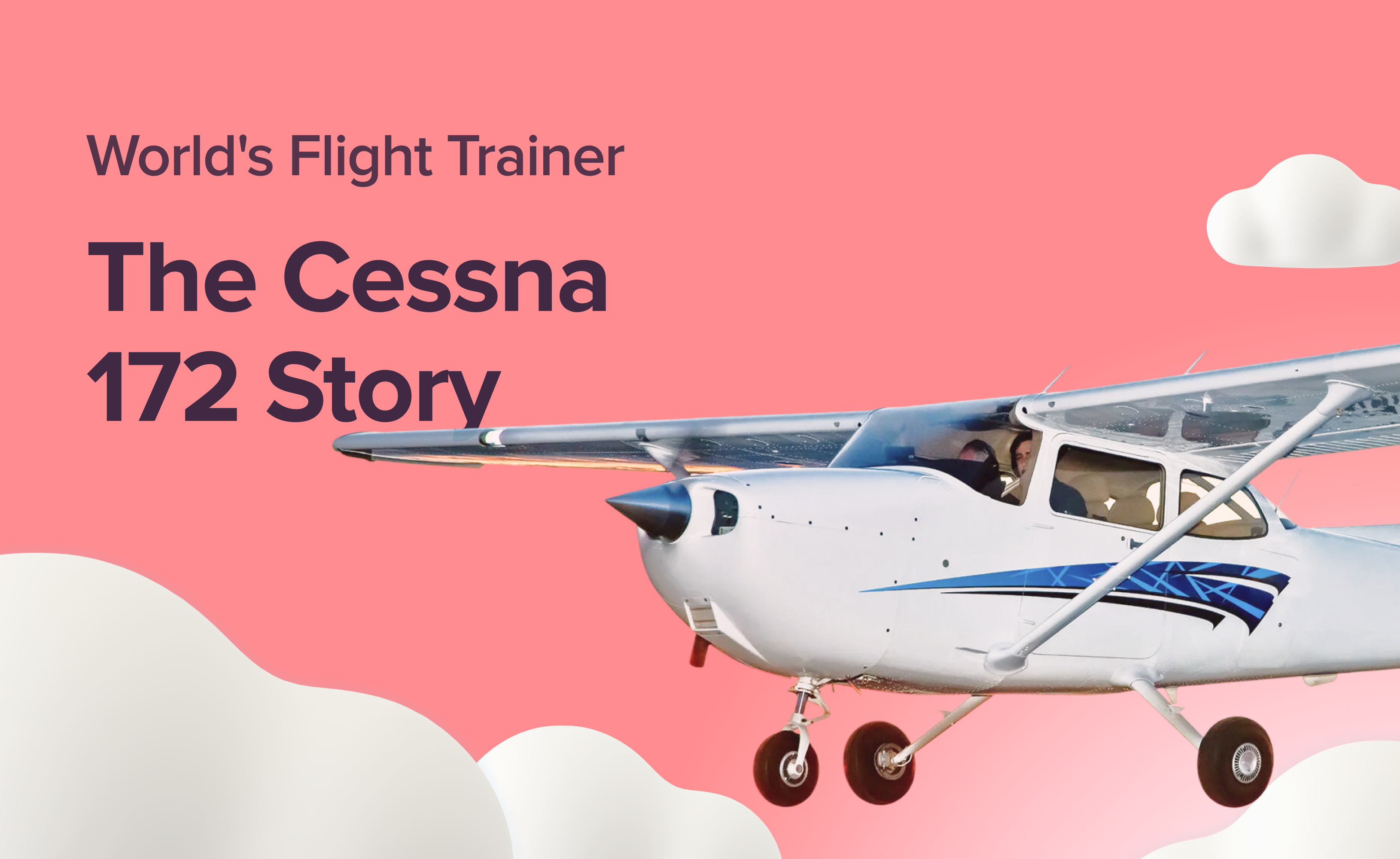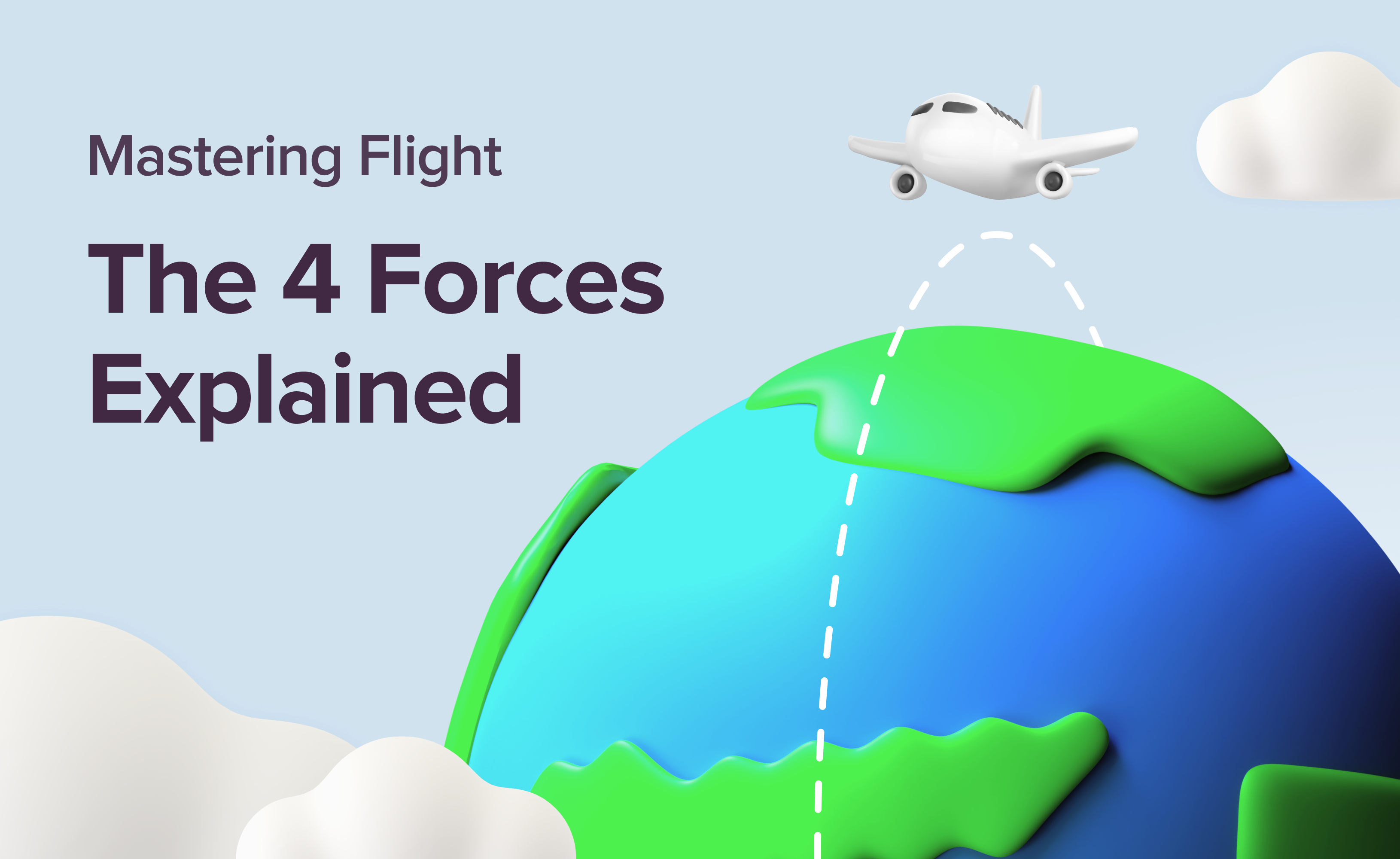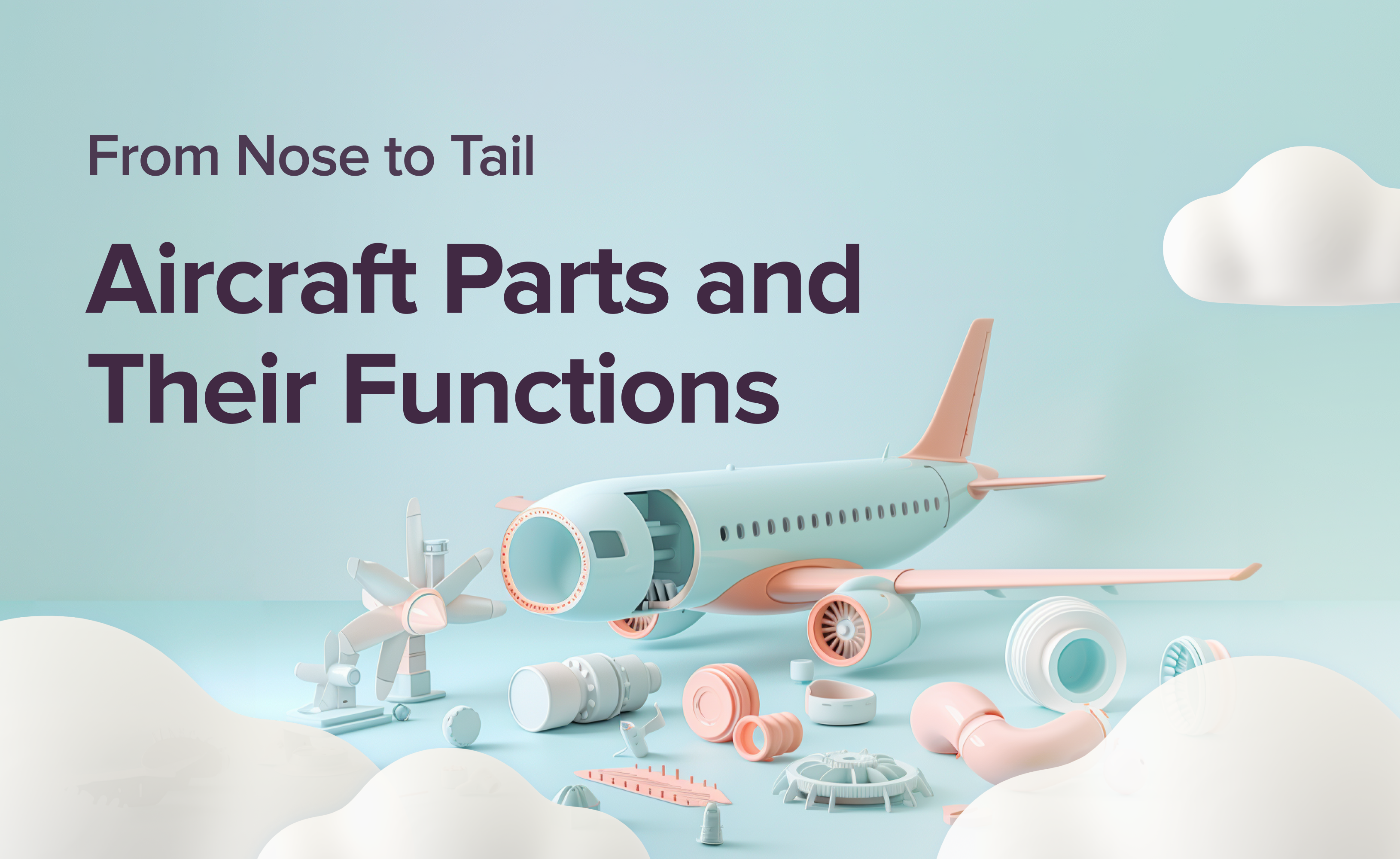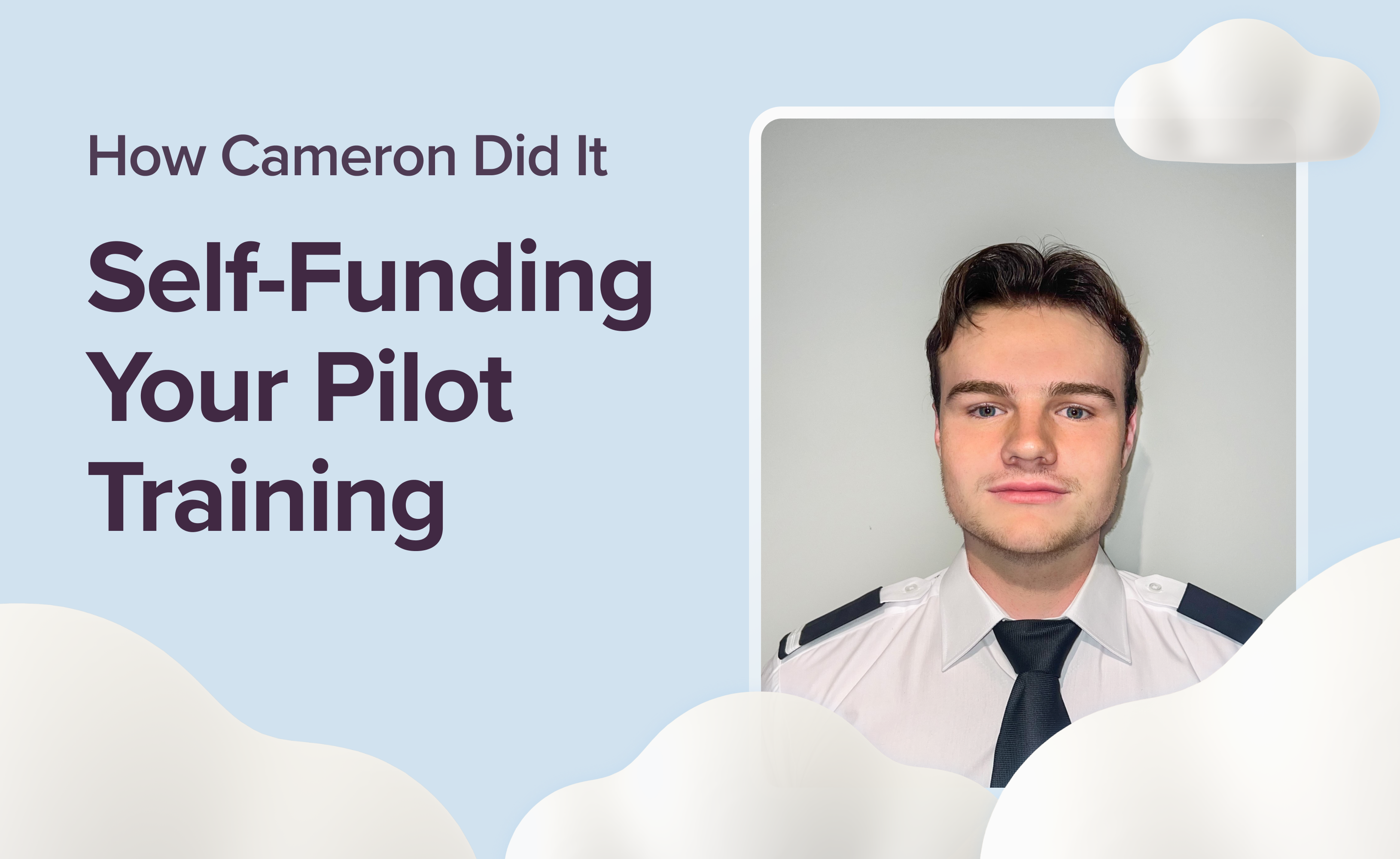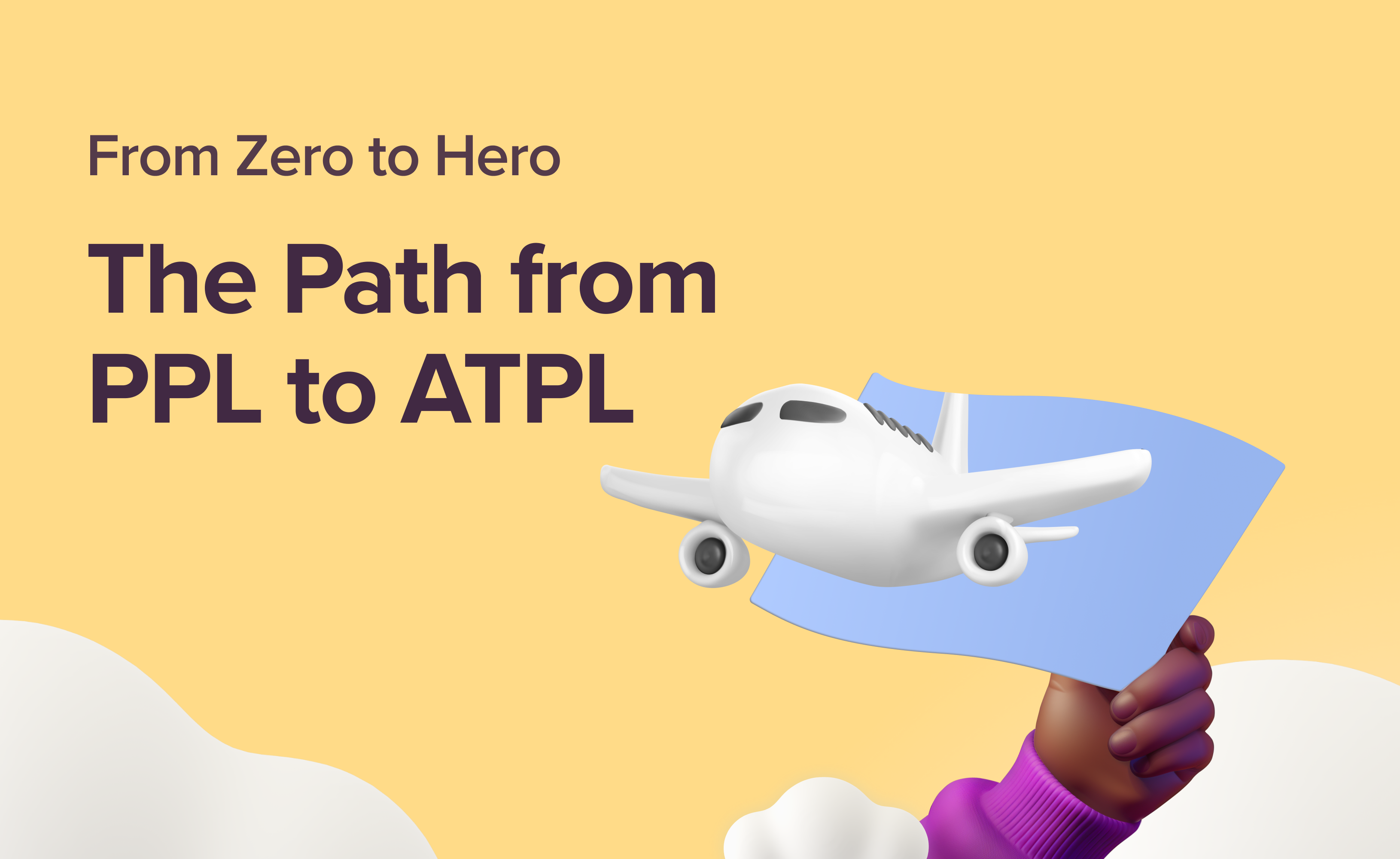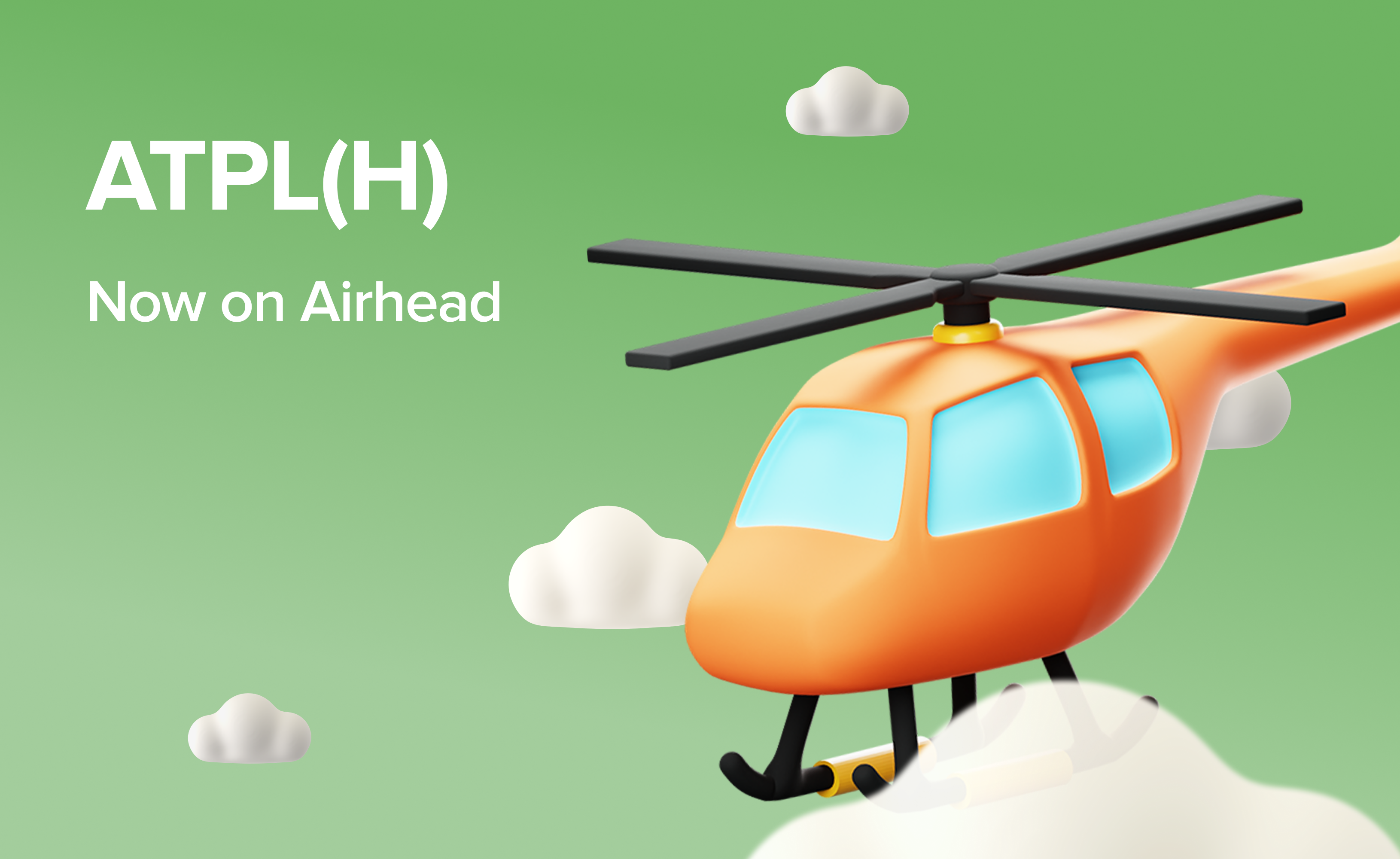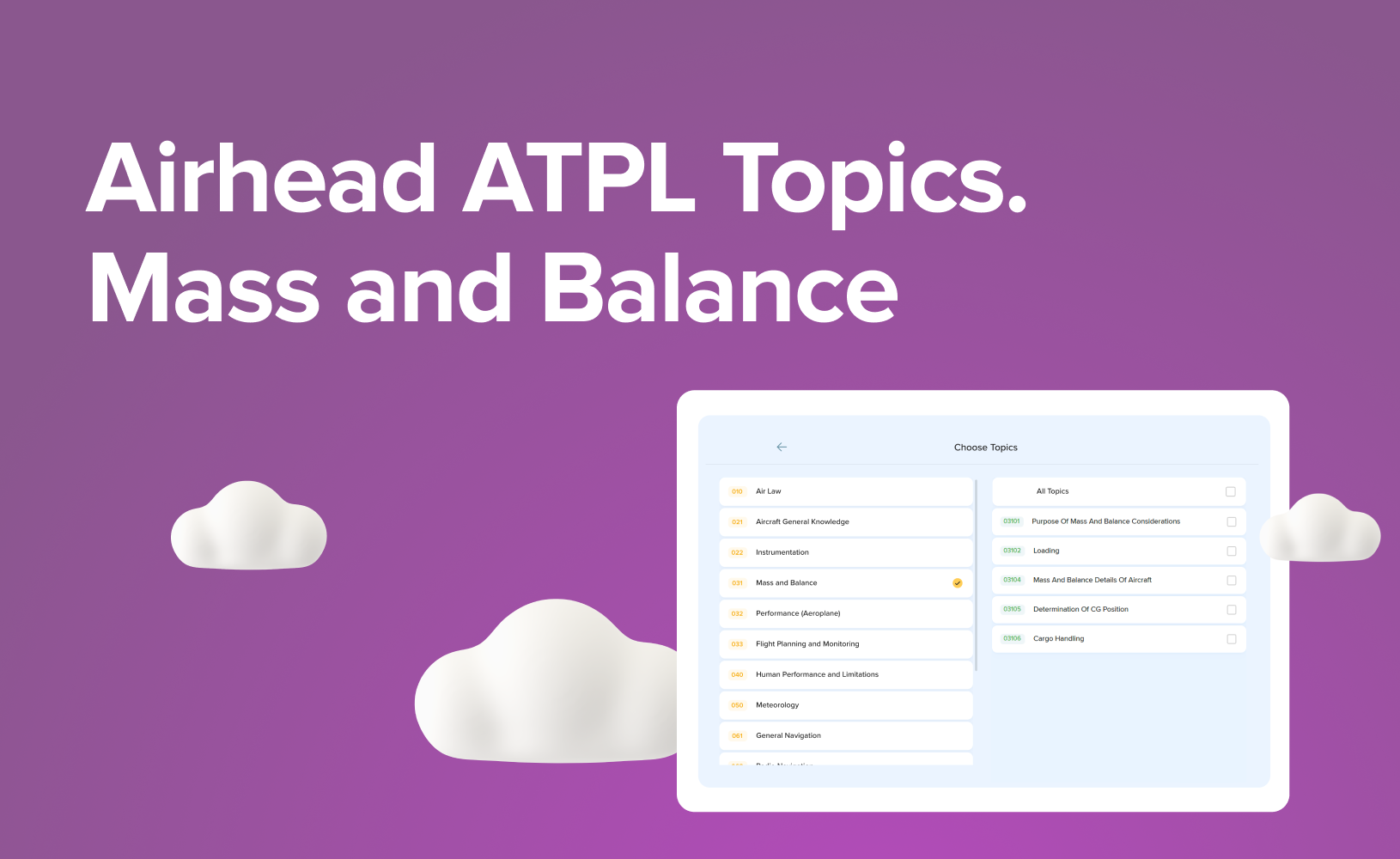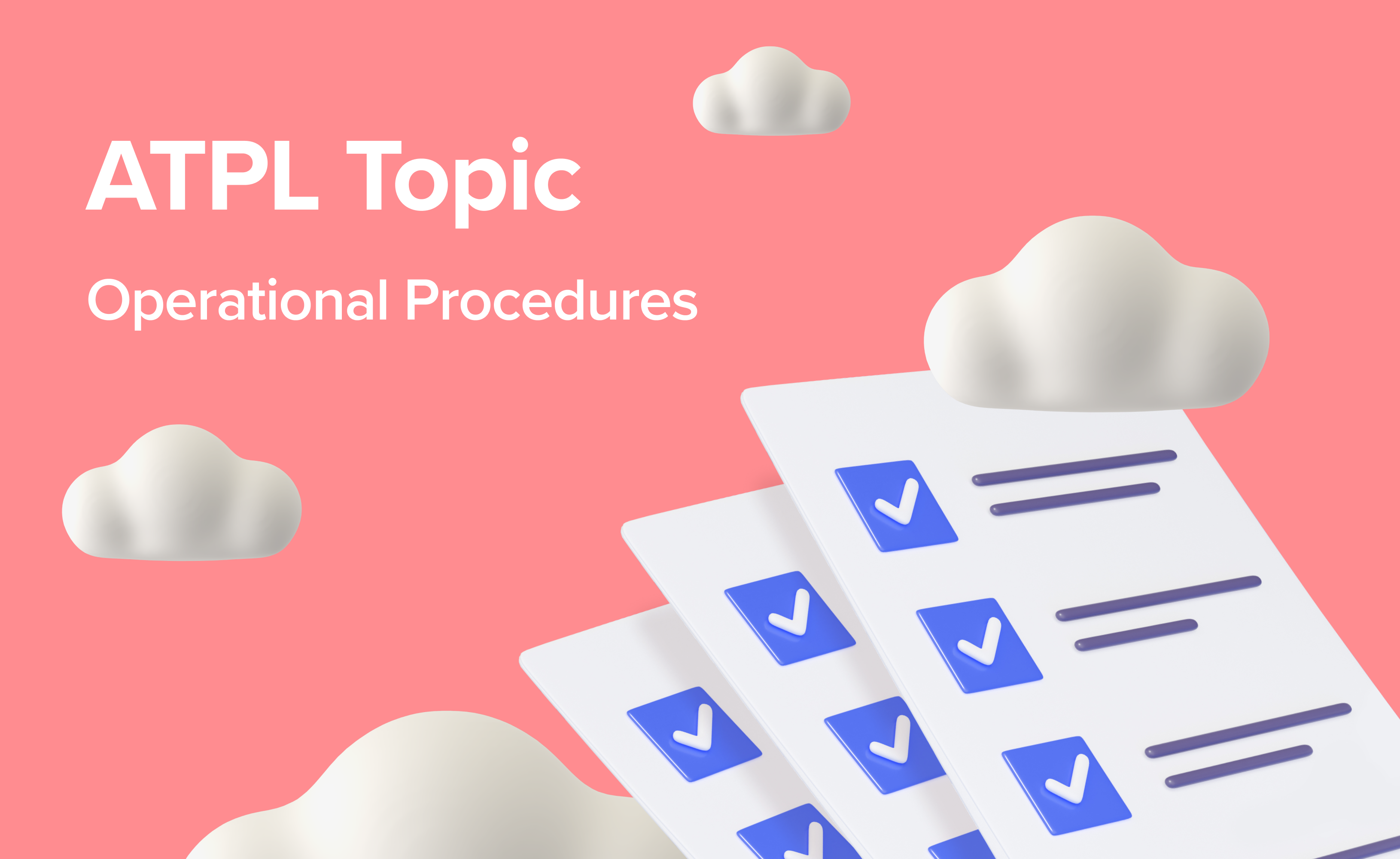Navigating the Skies Safely: Demystifying Upset Prevention and Recovery Training (UPRT)
Unlike their military or sport pilot counterparts, commercial airline pilots are trained to keep away from the ‘edge of the flight envelope’, so as to avoid getting into dangerous situations. After all, safety is the first priority. As a consequence, many have little or no direct experience of what it is like to depart from controlled flight and, at best, might have a hypothetical knowledge of how to recognise and recover from a departure from controlled flight, also known as an ‘upset’. As a result, there have been several high profile and entirely preventable accidents over the decades, leading the industry to accept that there is a training need.
To meet this training need, the concept of mandatory Upset Prevention and Recovery Training (UPRT) was introduced by EASA in 2018. In this blog we’ll delve into the essence of UPRT, exploring its significance, key elements, and the impact it has on enhancing aviation safety.
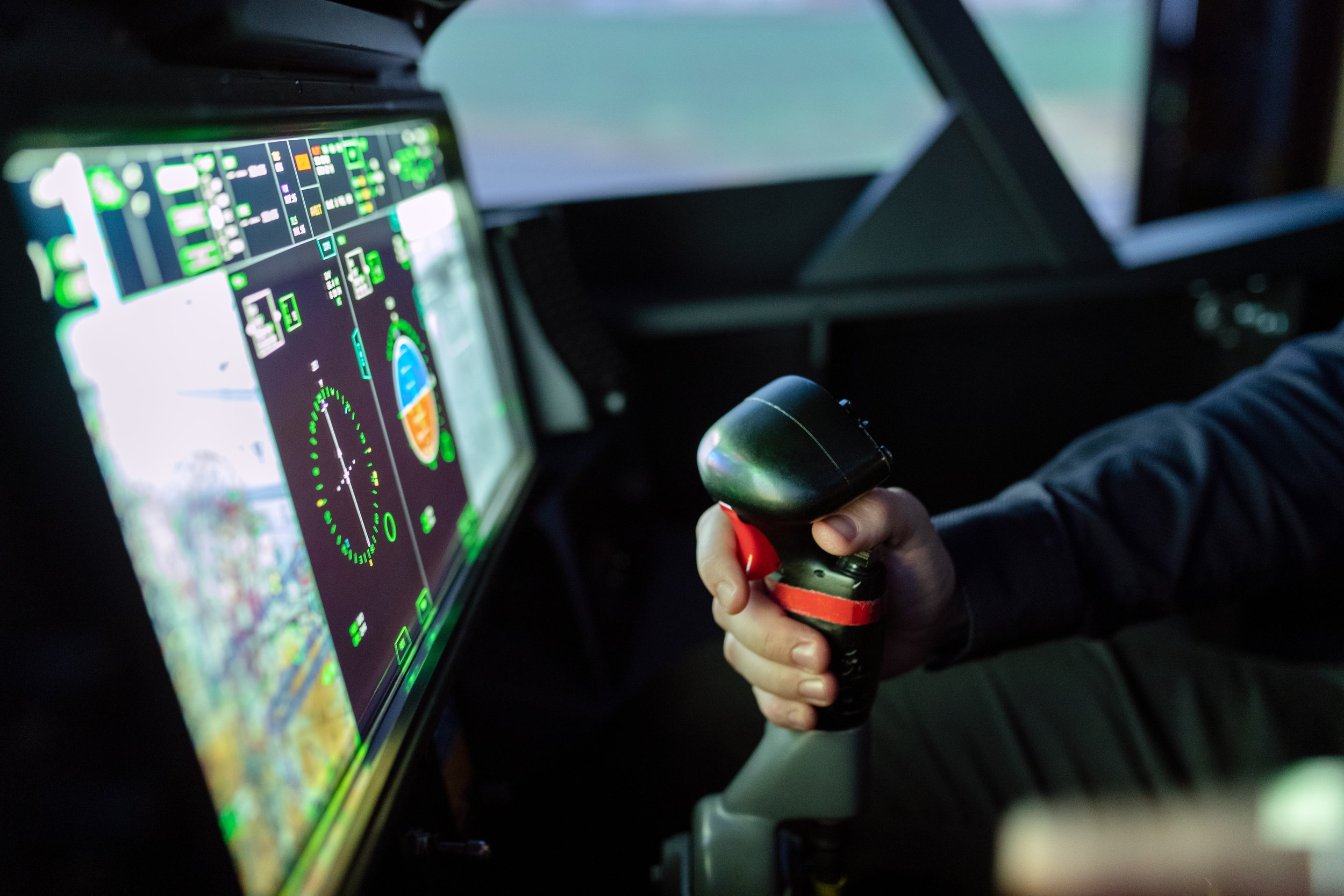
Understanding UPRT: A Vital Pillar of Aviation Safety
The ‘Why’ Behind UPRT
Navigating the Unpredictable: While we have said that commercial pilots will be trained to avoid situations in which upset might occur, the fact is that even well trained pilots, operating according to company standard operating procedures, have found themselves unexpectedly close to or beyond the flight envelope. UPRT addresses the need for effective strategies to prevent upsets or, if they do occur, to recognise and recover from them.
Realistic Simulation: UPRT goes beyond theoretical knowledge, incorporating realistic flight scenarios into training. This hands-on approach allows pilots to experience and manage upsets in a controlled environment. It helps build muscle memory and hones critical decision-making skills, giving them the confidence to avoid upset situations. If upsets inadvertently occur, pilots can recognize and recover safely.
UPRT Courses
EASA requires ‘basic UPRT’ to be incorporated into all Commercial Pilot Licence (CPL) and Multi Pilot Licence (MPL) courses. This means it will be part of an Integrated ATP, Modular CPL, or Integrated MPL course.‘Advanced UPRT’ is also incorporated into an integrated ATP or MPL course. It is a stand-alone course for pilots following the modular route. In any case, it is a prerequisite for a type rating course.‘Class or Type Rating UPRT’ is, as the name would suggest, part of a class or type rating course.
Key Components of UPRT
UPRT training typically starts with theory training before a practical element, flown in simulators and/or aircraft.
The Theory
Case Studies: studying real-life scenarios and accidents serves to emphasise the need for UPRT, as well as highlight the lessons to be learnt. There is a phrase attributed to Otto Von Bismark: ‘only a fool learns from their own mistakes; a wise person learns from the mistakes of others’.Aerodynamic Principles: UPRT theory dives into the aerodynamics of upsets, enlightening pilots on the forces at play during unusual attitudes. Understanding how an aircraft behaves in extreme conditions is fundamental to executing effective recovery manoeuvres.Spatial Disorientation Awareness: Pilots are trained to recognise and counter spatial disorientation – a common factor in aviation incidents. UPRT instils the importance of relying on instruments rather than sensory perceptions during challenging situations.Recovery Techniques: UPRT equips pilots with a toolkit of recovery techniques tailored to different upset scenarios. From unusual attitudes to stalls and spins, pilots learn the precise actions needed to regain control and restore the aircraft safely to stable flight.
Practical Training
Basic UPRT: is conducted as part of other training on the relevant courses; you will do UPRT exercises throughout your training rather than on stand alone training details dedicated to UPRT.An Advanced UPRT course, whether integrated into another course or as a stand-alone module must consist of at least 5 hours theoretical knowledge instruction and 3 hours flight training in aircraft. There is one exercise that can be conducted in a Flight Synthetic Training Device (FSTD or simulator), but it is usual to do all the UPRT in aircraft. The aircraft type used must be suitable for the purpose so it is common to use aerobatic certified aircraft. The emphasis of the training is, however, not on having fun doing aerobatic manoeuvres, but on the serious business of UPRT. Type or class specific UPRT: Like basic UPRT, type or class specific UPRT is integrated into other exercises and may be flown in aircraft or, more usually, appropriately qualified simulators.
Benefits of UPRT Implementation
Enhanced Safety Culture: Integrating UPRT into training programs fosters a safety-first culture within aviation organisations. Pilots become proactive in recognising and avoiding potential upsets, contributing to a safer aviation environment.Regulatory Compliance: Recognizing the critical role of UPRT in safety, aviation authorities worldwide have incorporated UPRT requirements into their regulations. Compliance ensures that pilots receive standardised, comprehensive training to meet industry benchmarks.Confidence in Crisis: UPRT instils confidence in pilots, empowering them to handle challenging situations calmly and efficiently. This mental preparedness is invaluable during emergencies, reducing the likelihood of panic and ensuring a focused response.
Looking Ahead: The Future of UPRT in Aviation
The current UPRT model is new. As technology advances and aviation evolves, it is likely that experience of delivering UPRT, and evidence of the effectiveness of the training will result in improvements in the way it is delivered. What is clear though, is that UPRT will remain an important tool in enhancing safety.In conclusion, UPRT is not just a training module; it's a commitment to elevating aviation safety standards. By investing in the proficiency of pilots through comprehensive UPRT, the industry paves the way for safer skies and a resilient future.




